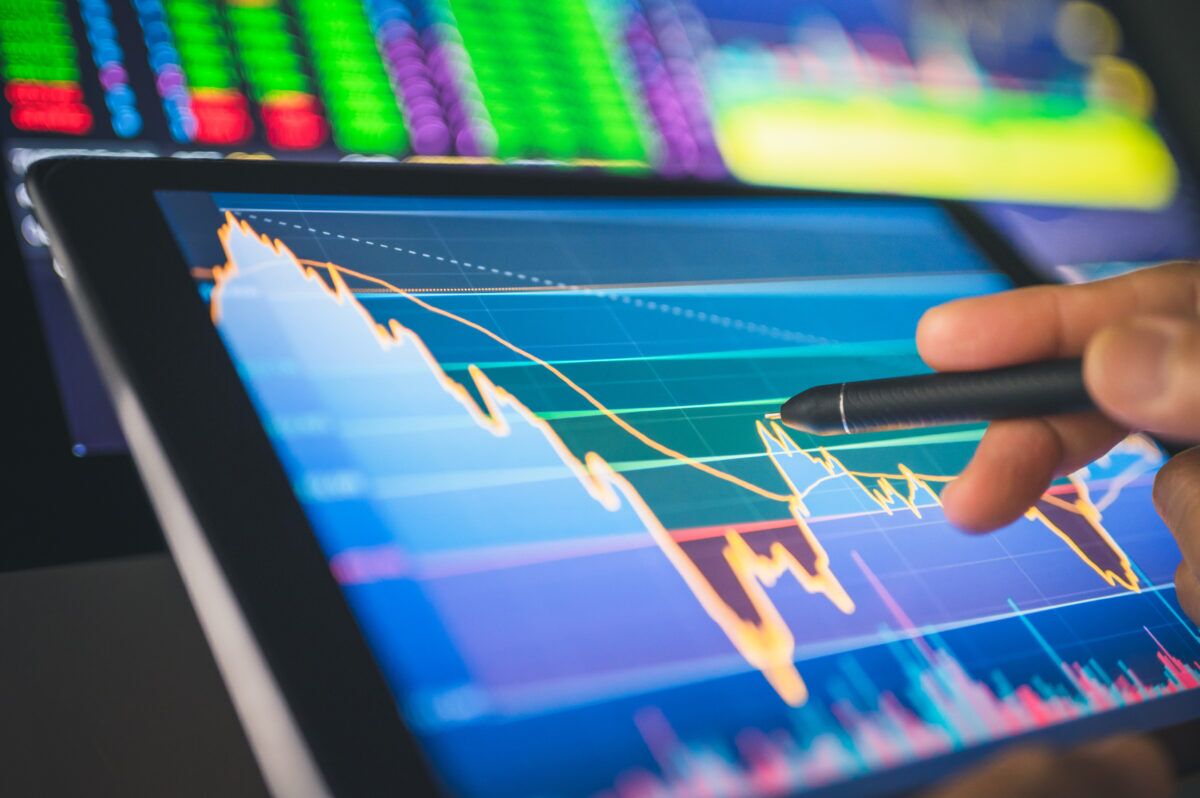Market dips tend to spark fear. It’s a natural reaction. When stocks slide, and headlines shout panic, many investors feel the urge to sell and run. However, reacting to fear rarely leads to long-term success. In fact, some of the best buying opportunities in history have come during periods of widespread worry. Fear makes prices fall faster than fundamentals. That disconnect between value and emotion can be where real opportunity lives.
What to consider
Let’s step back. The current market dip on the TSX isn’t driven by collapsing businesses or a financial crisis. It’s about uncertainty. Tariffs, interest rates, inflation, global instability. These are real concerns, but markets often overreact to short-term risks. When good companies with strong earnings and stable dividends get swept up in fear, stock prices fall — even if nothing has changed about how the business actually performs. That’s when the brave, or the patient, step in.
Ignoring fear doesn’t mean pretending risk isn’t there. It means zooming out. If your timeline is five, 10, or 20 years, market dips become noise. Look at the TSX over the past few decades. It has weathered recessions, oil crashes, the dot-com bubble, the 2008 financial crisis, and a pandemic. And it still moves up over time. History tells us the market will recover. The only people who miss out are those who panic and sell at the bottom.
Navigating a market dip starts with your mindset. Focus on quality. That means companies with strong cash flow, a durable competitive advantage, and consistent dividends. Think about businesses that offer something people will keep using no matter the economy. These include utilities, telecoms, energy infrastructure, and essential goods.
Consider Enbridge
Take Enbridge (TSX:ENB) as an example. Its long-term contracts create predictable, regulated cash flows, often stretching 10 to 20 years into the future. Enbridge doesn’t rely on selling oil at high prices. It’s in the toll business. It moves oil and natural gas through its pipelines and gets paid for volume, not commodity price. That means even when oil prices fall, as they often do in a downturn, Enbridge keeps earning steady revenue. The company transports about 30% of the oil produced in North America and 20% of the natural gas consumed in the U.S., making it a vital piece of the continent’s energy infrastructure. That kind of resilience is what long-term investors look for: a dependable dividend payer with built-in demand, regardless of economic conditions.
Another approach is dollar-cost averaging. Instead of trying to time the bottom, invest a fixed amount regularly. This smooths out volatility and helps you build positions at lower prices. With a stock like Enbridge, which currently offers a dividend yield above 7%, you’re collecting income even as the share price fluctuates. Reinvesting those dividends over time can compound your returns significantly, especially during down markets when you’re buying more shares at lower prices.
It’s also important to rebalance your portfolio. During market dips, certain sectors fall harder than others. If your allocation to energy, tech, or financials has shifted, it might be time to top up your holdings in those areas, assuming they still align with your goals. Don’t chase yesterday’s winners. Look for tomorrow’s survivors. A reliable dividend grower like Enbridge, with a nearly three-decade history of raising its dividend, fits that bill.
Bottom line
Avoid the trap of checking your portfolio every hour. Fear thrives on doom scrolling. Make a plan, revisit your long-term goals, and stick with companies that have proven they can weather storms. If you invest with a calm hand while others panic, you’re already ahead of the game.
In short, fear is loud, but fundamentals are quiet and steady. The companies worth owning, like Enbridge, aren’t going anywhere. If you can tune out the noise, stick to your strategy, and pick up shares while on sale, you might just come out of the dip better off than when you went in.

